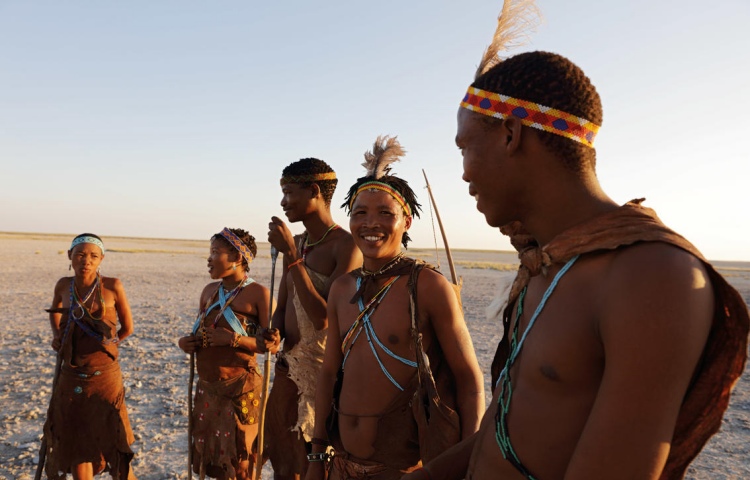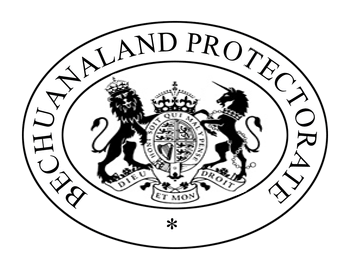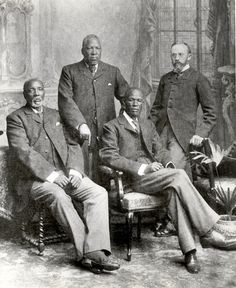Botswana HistoryFrom a former British Protectorate to one of the top diamond producers in the world, Botswana history is an inspiring success story The San people of Botswana
The people known nowadays as the bushmen, Basarwa, Khoisan or the San people, are the original inhabitants of Botswana. They were nomadic hunters and gatherers, and are responsible for the famous rock art for which Botswana is known.
About 7000 years ago, the Bantu people from central Africa started their migration and filtered south, east and west with their livestock, skills in building construction, agriculture, pottery skills and the knowledge of creating iron implements. Eventually, they crossed the Zambezi River and some settled in Botswana, which now has about 20 different languages. During the late 1800's, tensions between the people of Botswana and the Ndebele encroaching from the Kalahari, and then later the Boer settlers from the Transvaal region (in South Africa), forced the Batswana leaders (including the current president Ian Khama's great grandfather - King Khama III) to seek assistance and protection from the British Government. It was then that the Bechuanaland Protectorate came about. Soon afterwards (in 1885), it was declared a British Territory and became British Bechuanaland. The Tati Concession was an area granted to the Northern Light Company by Lobengula - the Matebele king. Gold was discovered there in the mid-1800's. It eventually was annexed into Bechuanaland. From the time of the establishment of Bechuanaland up to 1965, the territory was completely administered from outside, with the capital being in Vryburg (now a town in South Africa) at first, and then moving to what is now Mafikeng (35 kilometres from the Botswana-South Africa border). It was after independence on 30 September 1966 that Gaborone (the current capital city) was built, and the new government housed, and Botswana was established. At this point in time in Botswana history, the country was considered one of the poorest countries in the world, until large deposits of diamonds were discovered in the late 1960's and 1970's. This discovery is what helped turn Botswana into one of the wealthiest countries in Africa, and the second-largest producer of diamonds in the world. Now Botswana's government gets 40% of its revenue from the mining industry. De Beers Diamond company set up in Botswana in 1971 and shares 50% of profits from Botswana's mines with the government of Botswana. However, in order to reduce the country's dependency on minerals, Botswana has developed its tourism industry, as well as conservation programs to protect its resources.
|
|
|||
|
|
||||
|
|
||||
|
| ||||





